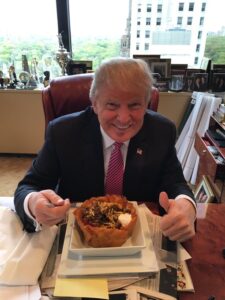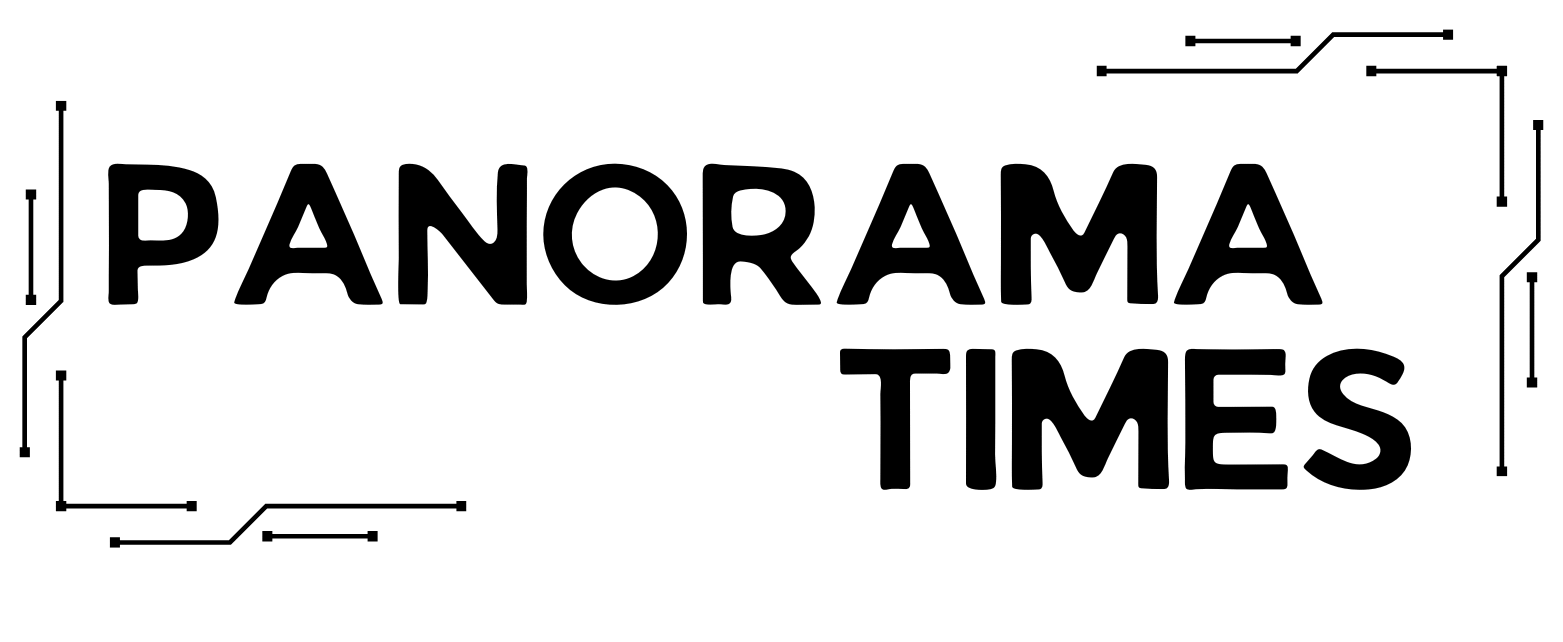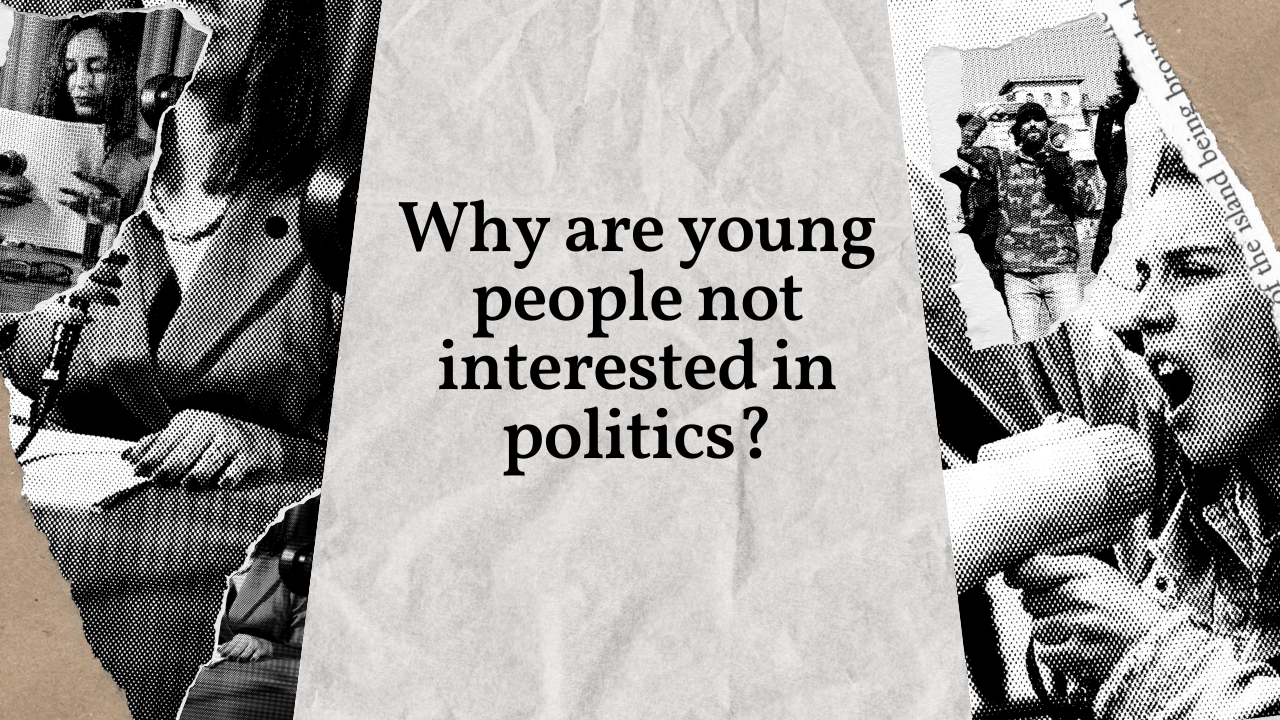The President of the United States is often described as the most powerful individual in the world. This assertion isn’t baseless—it reflects the extraordinary powers granted by the U.S. Constitution, the scope of global influence the office commands, and the immense authority over the military, diplomacy, and the economy. However, this power is not without checks, and how it is used varies significantly between presidents. One of the most controversial and unconventional figures in recent history, Donald Trump, reshaped the perception and exercise of presidential power in many ways.
Powers Given by the Constitution of America
The U.S. Constitution, particularly Article II, vests the executive power in the president. Constitutionally, the president serves as:
- Commander-in-Chief of the Armed Forces
- Chief Diplomat, negotiating treaties (with Senate approval)
- Chief Executive, enforcing federal laws
- Legislative participant through the power to veto bills
- Judicial appointer, nominating federal judges, including Supreme Court justices
- Pardoner, able to grant clemency in federal offenses (excluding impeachment)
Beyond the explicit text, the modern presidency has evolved into a powerful administrative position, partly due to congressional delegations of authority, emergency powers, and expanded federal influence over domestic and foreign affairs.
How Independent Is the President While Exercising Power?
While the president has immense authority, the U.S. system of checks and balances ensures this power is not absolute. Congress can override presidential vetoes with a two-thirds vote, impeach and remove the president, and control funding. The judiciary can also check presidential actions, as seen in rulings against executive orders.
Nevertheless, the president acts with significant independence in key areas, especially military decisions. The president can deploy troops and conduct military operations without a formal declaration of war, as seen in conflicts from Vietnam to Syria. The transcript reveals that the president controls over a million military personnel and uniquely holds the nuclear launch codes, emphasizing how unilateral presidential decisions can have global consequences.
How President Trump Is Different from Any Other President Before Him
Donald Trump’s presidency (2017–2021) sharply departed from traditional norms. He exercised presidential power with an unorthodox, populist, and often confrontational style. Key differences included:
Communication: Trump bypassed traditional media using social platforms like Twitter, reshaping public engagement.
Governance Style: He often clashed with the intelligence community, judiciary, and even members of his party.
Foreign Policy: He adopted an “America First” approach, withdrawing from international agreements like the Paris Climate Accord and the Iran nuclear deal.
Political Norms: Trump frequently challenged democratic norms, notably questioning election results, which led to the Capitol riot of January 6, 2021.
Pardons and Vetoes: He issued controversial pardons and vetoed military bills, though some were overridden.
Trump’s use of executive authority stretched the limits of the office, forcing institutions to reckon with the gray areas of presidential power.
Any Provisions to Extend the President’s Tenure
Through the 22nd Amendment, the U.S. Constitution limits presidents to two four-year terms. There is no constitutional provision for extending this tenure under normal circumstances. Exceeding this term would require a constitutional amendment—a complex and politically unlikely process.
Speculation about Trump seeking a third term or overturning election results raised alarms, but there is no legal pathway to extend a president’s term without legislative and judicial consent.
Trump’s Popularity: Domestic and International Perception
Domestically, Trump remained a deeply polarizing figure. While he retained a loyal base, garnering over 74 million votes in the 2020 election, his approval ratings rarely crossed 50%. His handling of the COVID-19 pandemic, racial justice protests, and the economy drew both praise and sharp criticism.
Internationally, Trump’s presidency was viewed with skepticism and concern. Allies were unsettled by his withdrawal from NATO commitments and trade agreements, while adversaries like China and Russia exploited the unpredictability of U.S. foreign policy. However, his firm stance on trade, especially with China, and diplomatic normalization efforts in the Middle East (e.g., Abraham Accords) earned selective praise.
Final Analysis: The Real Power the President Holds
Combining the constitutional design with real-world influence, the U.S. president is undoubtedly one of the most powerful individuals on the planet. The transcript highlights the scale of responsibility—overseeing a military with 4,500 nuclear warheads, directing $50 billion in foreign aid, managing global surveillance, and influencing laws through vetoes and appointments.
However, this power is not limitless. The system of checks and balances, along with judicial oversight and public accountability (via elections), creates barriers against authoritarianism.
Donald Trump’s presidency tested these boundaries. His actions amplified debates around presidential accountability, independence, and the resilience of democratic institutions. His popularity, both revered and reviled, shows how the office is shaped as much by personality as by constitutional structure.
Ultimately, the president’s true power lies not only in commanding armies or signing executive orders but in influencing public opinion, global stability, and the future direction of the nation. The final line of the transcript captures this perfectly: “You might think the president’s job is the most important in the world, but it’s not. The most important job is deciding who holds that power. The most important job is yours—make history, vote.”
You may visit the Donald Trump net worth in 2025…..



